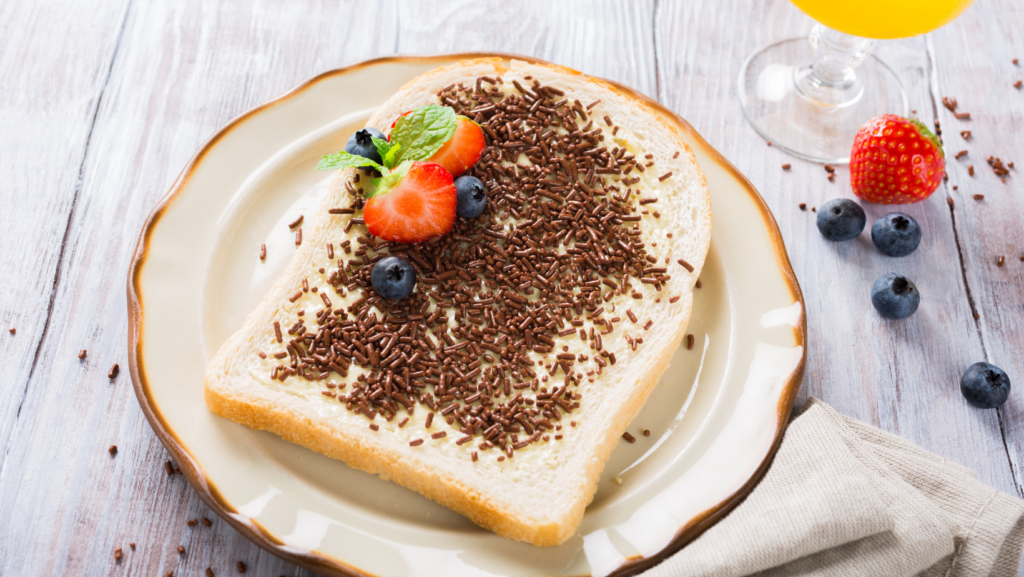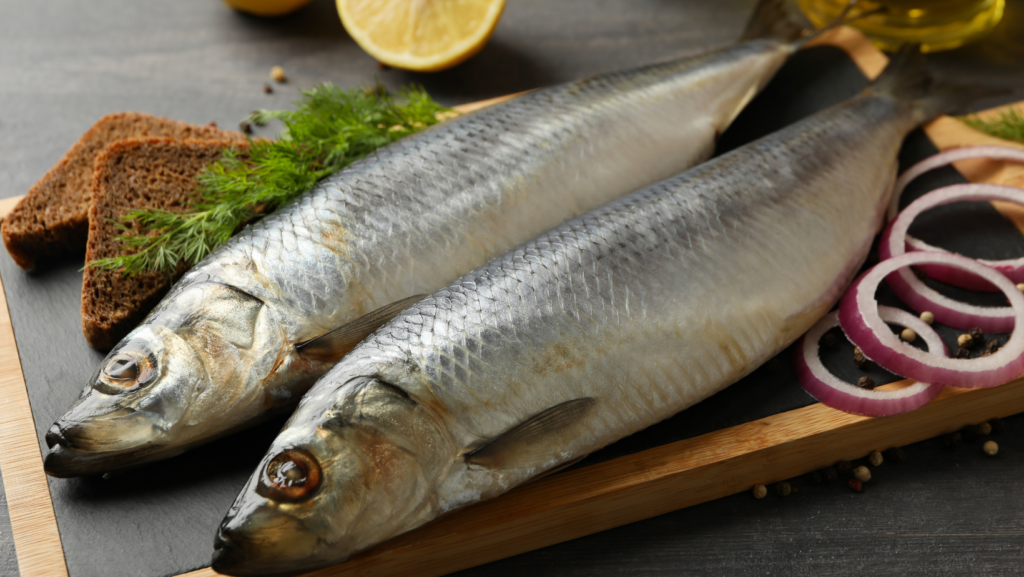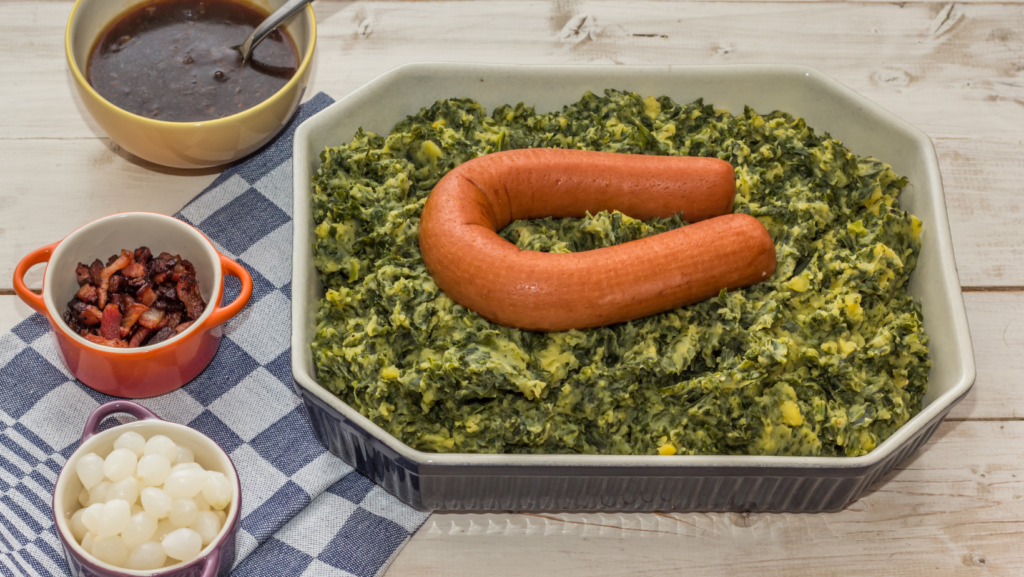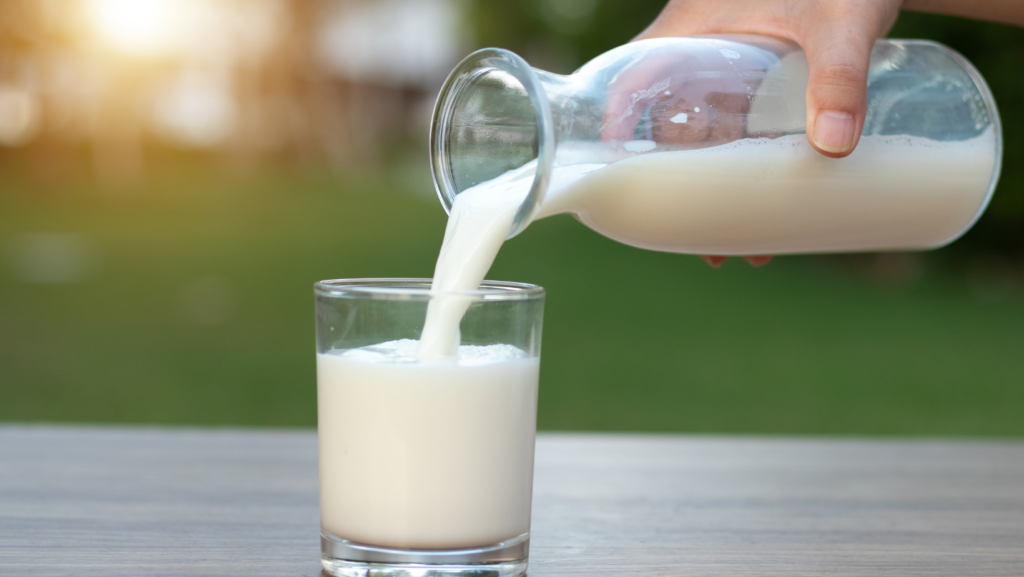There’s much to learn about the Dutch and their habits and personalities. Once you’re here you will realize that there is more to the clogs and windmills than you originally thought. As it would be too much to write (in detail) all of their customs in one sitting, we thought it would be best to separate certain subjects in these distinct categories: dutch food, holiday’s, the language, the people, and many other subjects to come. In this week’s edition we will be covering, what is arguably, the most important of topics: Dutch food.
Have you seen The Layover with Anthony Bourdain, where he hits up Amsterdam’s coffee shops and tutted over to Amsterdam North by ferry to eat a sad, mistakenly served toastie (grilled cheese sandwich)? He wasn’t exactly thrilled, and he left the Netherlands with what seemed like a bad taste in his mouth (pun intended) and a strange scent on his leather jacket.
Though the episode shed a dark light on Dutch cuisine there is still a glimmer of hope: you do need to pay attention to where you’re going to eat and what you’re ordering. You could be in for a big surprise. Here is the first of two lists of very Dutch dishes and snacks that you will definitely run into when you move or visit the Netherlands.
-
Hagelslag (‘haxəlslɑx) (literally translated as hail battle aka sprinkles)

Indeed it’s not the prettiest word for such a delight which is familiar to most global citizens on the side of cakes or on top of cupcakes and ice cream. The Dutch use it for a very different purpose- toast topping. Now at first it may sound a bit strange, but when you think about it, it’s the same thing as Nutella.
Only crunchy! They come in all kinds of flavors too, milk/dark chocolate, fruit flavor, and the Dutchiest of all: licorice. The licorice variation is most popular for it’s use of announcing a new born baby’s sex; the sprinkles look more like little balls and come in pink or blue aka muisjes. The parents bring them to their colleagues, friends or family, and sprinkle them on top of buttered twice-baked bread (beschuit). These little pieces of cheer are enjoyed on bread for breakfast and/or lunch.
-
All things fried

Crocket, Frikandel, Kassoufle, Bitterballen, Berenklauw, and the ever popular Pulp Fiction mind blower: fries and mayonnaise. Fried food is everywhere in the Netherlands. In train stations across the country, you’re bound to run into Smullers, famous for their fries drenched in obscurely mixed condiments such as Patat Speciaal (curry ketchup, mayonnaise, diced) and Patatje Oorlog (translated to: French Fries War, topped with mayonnaise, sate sauce, and onions).
There are also fast food vending machines that hold chicken burgers and frikandel; a very famous vending machine company is called FEBO, made fun of for being a location for a cheap date. The Dutch also love loempia, whether they’re the size of your finger or as big as half of your face. Between Christmas and New Year’s Day, a staple of Dutch food comes the Oliebol, which is literally translated as oily spheres. Dough balls with the option of raisins or none, deep fried and dusted in powder sugar. Never will you ever run into so much deep fried food until you have move to or visited the Netherlands.
-
Pancakes all day, everyday and in every size

Move over buttermilk pancakes with blueberries and maple syrup- welcome to the pancake party ham and cheese. Dutch pancakes (pannekoek) are thinner than their American counterpart and fill a whole plate in diameter. They’re such a big deal that there are restaurants dedicated only to the disks of flour , egg, milk, and whatever ingredient you can think of next- sweet or savory.
But if you’re not much into the big guns, maybe you will prefer poffertjes, tiny bit sized pancakes that come in 8, 12 or 24; traditionally sprinkled with powdered sugar. Don’t let their size fool you though, they will fill you right up. Another very (world-wide) popular form of a “waffle” or “cookie” are Dutch stroopwafels. Two thin layers of dough with melted thick syrup in between, pressed all together with a hot waffle iron.
-
Fish

We’re a country that’s literally under water and have some of the worlds largest ports- what could you possible expect? Of course fish is a food staple in the Netherlands! We love them deep fried in batter (lekkerbekjes and kibbeling) served with super delicious sauces like Ravigote (lightly acidic French sauce) or Knoflook sauce (garlic sauce).
One of the most famous Dutch ways of eating fish though, is the raw, dipped in diced onions, and held by the tail when consuming: haring (herring). Mr. Bourdain definitely preferred this over the toastie.
-
All mashed everything, typical dutch food

Boiled potato? Mash it. Boiled potato with kale? Mash it together. Peas? Mash ‘em. Whenever there is a boiled potato on a dutch man’s plate, don’t expect it to stay whole for very long. And everything else that’s on the plate with the potato is bound to turn into a mountain of food muck. A very traditional Dutch dish is called Stampot, which comes in many different variations.
Some of the classic include Boerenkool (potato and kale), Hutspot (carrots and celery), and Endive (potato and endive). They all usually come with a rookwurst (smoked sausage) and bacon bits; it’s a great body warmer in the winter months. Another delight in thick soup form, Ertsoup or Snert is a thick puree of split peas, root vegetables, bacon bits and smoked sausage. The Dutch used to eat this after a long day of working in the fields, or skating on the grachts.
6. Licorice

Maybe this isn’t the right way to start, as licorice is either a flavor that is loved or hated, not in between. It’s a huge deal in the Netherlands though. Half of the candy aisle is filled with the black “sweet”. They’ve got the sweetest to the saltiest and everything in between; chewy, crunchy, and slimy, any texture you could ever dream- I’ll stop now before I turn into Willy Wonka. But you get the gist, the Dutch love their licorice, and you need to give it a try.
7. Milk in every shape and form

In the Dutch economy, the dairy industry is one of the most important sectors. “Together, Dutch dairy farming and the dairy industry have a total production value of 12 billion Euros” states NZO.nl. If you’re lactose intolerant, you’re gonna have a bad time in the Netherlands. We love cheese! We deep fry it, put it on all of our sandwiches, even in pancakes as mentioned before.
We love to drink milk with our lunch, whether it’s hot or cold, and finish meals off with Vla. Vla can be compared to pudding or custard, and it comes in all types of flavors. A very typical dairy item which Dutch love is Chocomel– and before you say “isn’t that just chocolate milk in a carton box?” No, it’s not! It’s much more than that. It’s thicker and sweeter and is definitely not your mother’s hot cocoa.
8. Alcohol
It’s not really a dutch food or a food per say, but it does have as much carbs as bread, so we’ll pop this in. When you visit the Netherlands you most likely find yourself in Amsterdam. And when you’re in the Venice of the North you’re bombarded with the Dutch stereotypes, one being Heineken. You most certainly will recognize the green bottle with its red star, as it can be found in grocery and alcohol shelves all over the world.
Since the Netherlands boarders two countries (Germany and Beligium) which are famous for their beers Belgium in particular, it’s only fitting that the Netherlands would want to have something to offer in the beer department. There are many other famous Dutch brands such as Brouwerij’tij (Amsterdam) and Grolsch (Enschede). Should you find yourself wandering other parts of the Netherlands and are a big beer fan, be sure to check out any local breweries.
One that the beer enthusiasts of our office would recommend Texels Bieren, which comes from Texel Island, the largest of the Dutch Wadden Sea Islands. Texels brewery use ingredients that only come from the island, therefore giving their beers a very distinct taste. The country is also well known for Bols, a Jenever brands. Jenever is a form of Gin, which was originally distilled from malt wine and juniper berries. Another very Dutch alcoholic beverage is Advocaat, the egg, sugar, and brandy concoction that is comparable to eggnog.
9. Rijstafel

Since the Netherlands has a lot of history with Indonesia, colonial Indonesian cuisine is extremely popular. Rijsttafel (translated: rice table), is especially popular for it’s impressive spread. This feast can consist up to 40 or more dishes (vegetarian, chicken, beef, pork, fish), with an array of textures, flavors and sides.
Sateh, tempeh, gado-gado, sambal, nasi goreng, and kroekpoek are some of the most well known dishes and favorites of diners. This phenomena was brought back to the Netherlands from Indonesia after Indonesia became independent. In the time before, though, when the Dutch colonization was in Indonesia where they found unique ingredients from the so-called Spice Islands. Since their return, Rijsttafel was very popular among Dutch people. Make sure not to mistake Rijsttafel as genuine Indonesian cuisine, since it’s very much a Dutch representation of it.
10. Coffee

With all of this talk of sprinkles for breakfast and pancakes for dinner. We want to conclude this series with something we’re all familiar with: Coffee. With an average of 3 cups of coffee per person a day, saying Dutch love coffee would still be an understatement. Though it can be enjoyed in several different ways, the most popular among the Dutch is: Koffie Verkeerd; roughly translated to “wrong coffee”.
Half coffee and half milk makes it Verkeerd, with the option of adding sugar. Usually, coffee is enjoyed with a cookie or a piece of apple pie. To any Yankees reading this, you can thank the Netherlands for that sweet apple pie, as it was the Dutch settlers who brought this heartwarming dessert over to the States.
Did we miss any classic Dutch food’s or treats? Let us know in the comments down below! And Eet Smakelijk!
